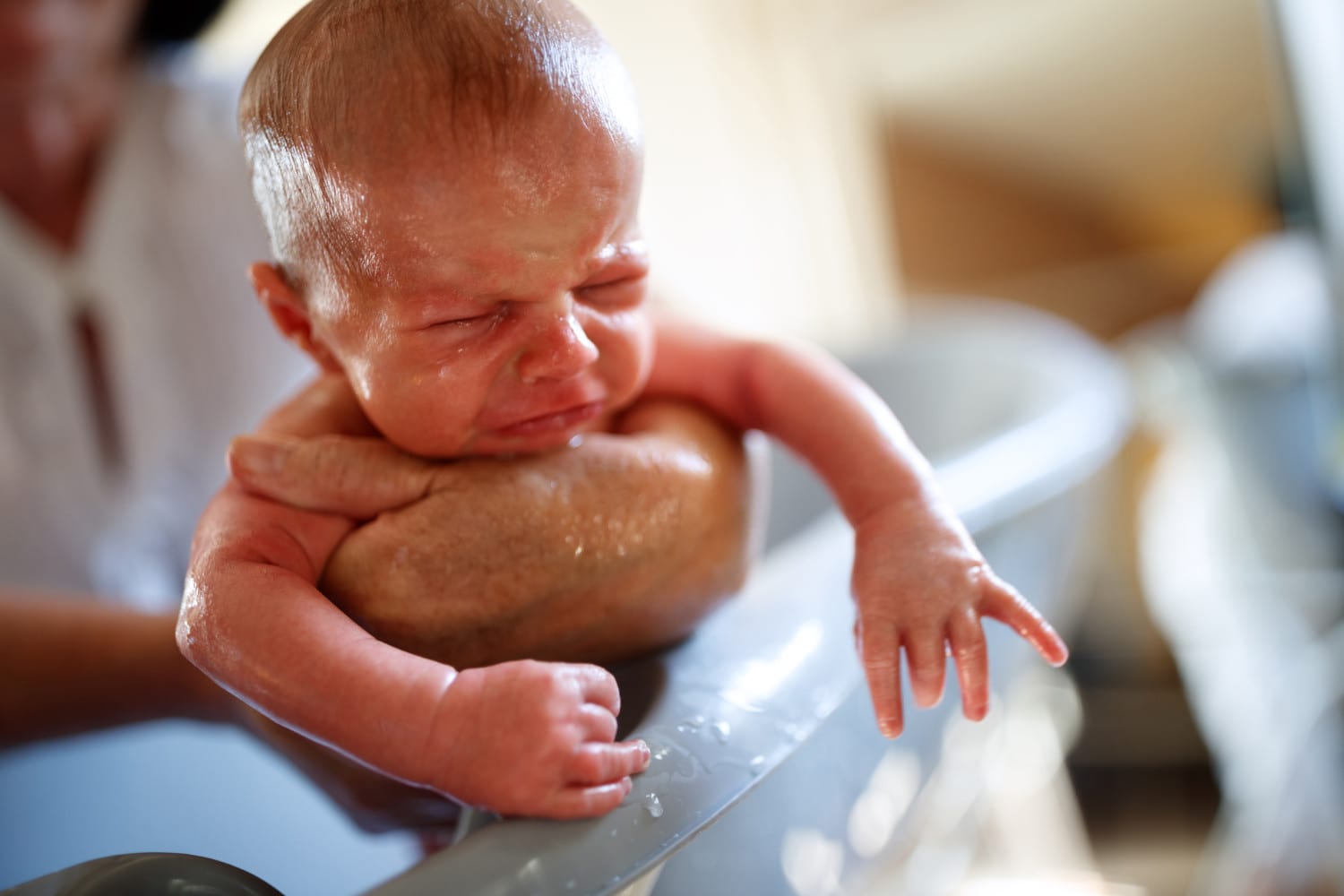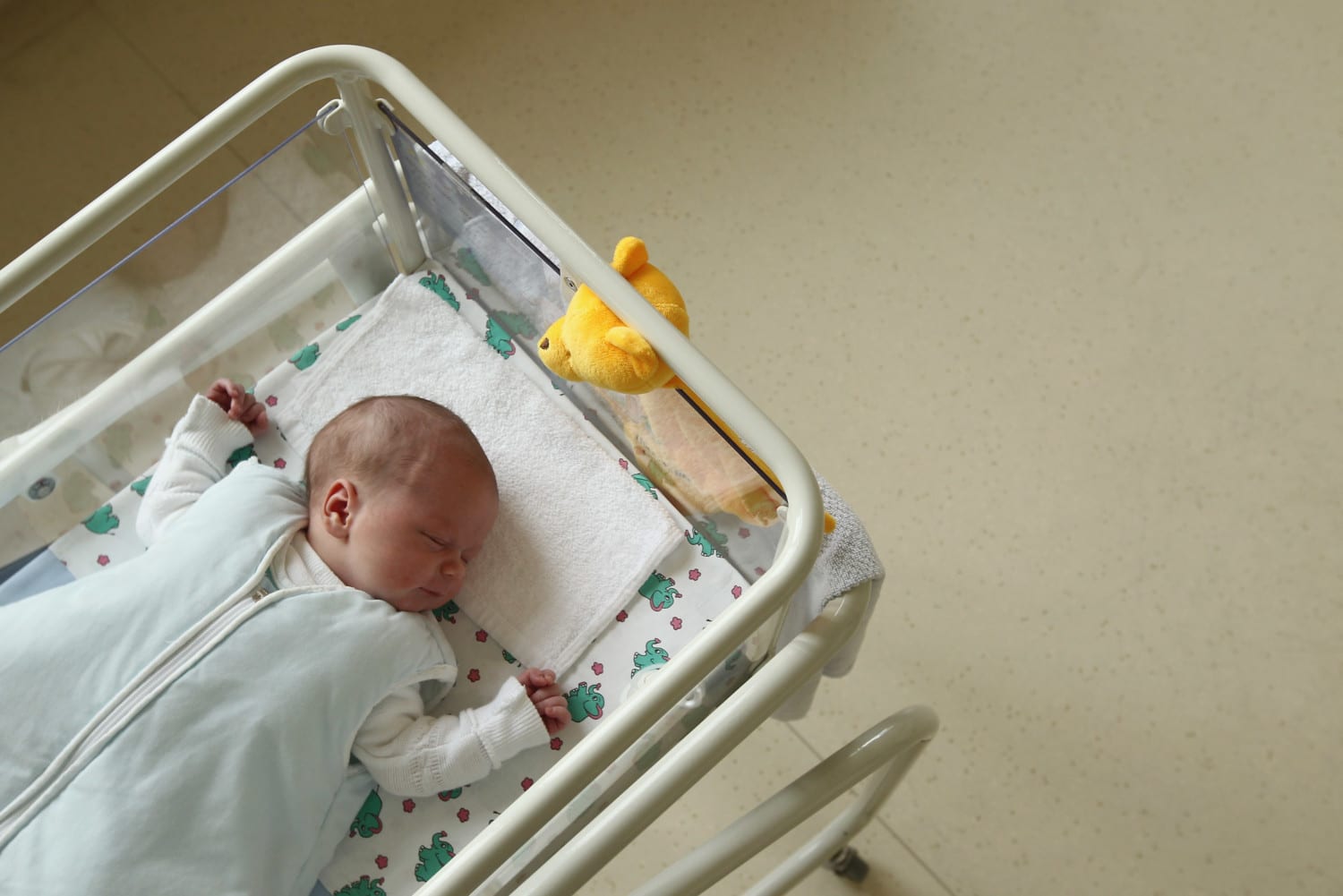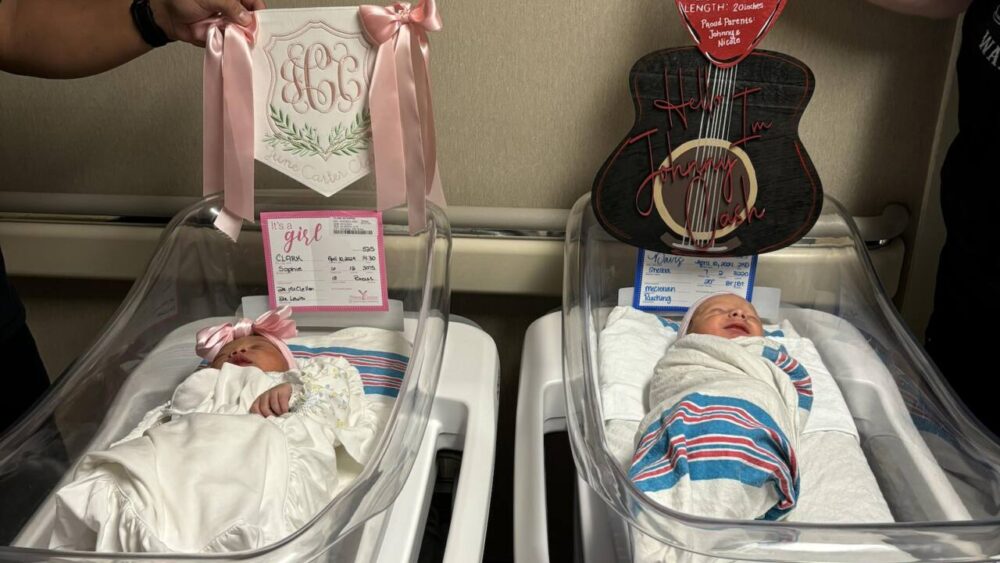Here’s why doctors often advise against water births

If you’ve ever had cause to research pregnancy and birth options, you already know about water births. The main idea behind it is that birthing into water is a gentler transition for the baby, and more comfortable for the mother. But is it safe?
The American College of Obstetricians and Gynecologists’ most recent opinion on the practice, released in 2016, holds that laboring in water is OK for uncomplicated pregnancies and labors, but delivery is best done “on land.”
In fact, when I delivered my second kid in 2016, the labor-and-delivery unit at our brand new hospital featured luxurious, Jacuzzi-type tubs and mood lighting in each room. But I was informed in advance that the tubs were for labor only, not delivery, and to be used with a doctor’s approval. And while the tub looked mighty tempting when I went into labor, my baby’s heartbeat was wonky and they wanted to keep me on continuous monitoring. So no hot tub party for me.
ACOG’s cautious stance on water births isn’t because of any specific injury or illness that could occur during delivery. Rather, they advise against the practice because there simply isn’t enough data yet on water birth to properly analyze the risks and benefits. And as for the small bits of information we have? A 2017 Centers for Disease Control report found a potential risk in the practice — newborns contracting Legionnaire’s disease after being born in the water.
Legionnaire’s disease is a severe form of pneumonia that can spread through water systems. A bacterium called Legionella pneumophila causes most cases after water droplets are inhaled or aspirated (drawn into the lungs).
Legionnaire’s can be fatal. Though no one had seen them aspirate water, the two babies in the CDC’s case study were rushed to the hospital in “respiratory distress” not long after being born in water at home.
Happily, both babies were treated with antibiotics and survived.
The CDC document isn’t an official warning against water birth. It’s just a detailed report on two similar cases in the same region. The report also includes some ideas for ways to reduce the risk of infection in at-home water births. (For example, don’t leave the filled birthing tub sitting at 98 degrees for a week prior to delivery, as one family in the study did.)
Another possible hazard is a ruptured umbilical cord. Barbara Harper, a midwife and water birth advocate, pegs it to pulling the newborn baby out of the water too quickly. She recommends quickly assessing the cord before gently lifting the baby out of the tub.
If you’re already sold on a water birth, try looking for a birth center or private midwifery practice in your city. The Midwives Alliance of North America, an advocacy group, supports water births during both labor and delivery. Birth centers often are staffed with midwives who hold nursing degrees and have special training in alternative strategies like water birth.
As always, the best place to start is with your own care team. Your health status and the condition of the pregnancy are key considerations in getting the go-ahead. If it all works out, you might soon have a sweet little water baby on your hands.







